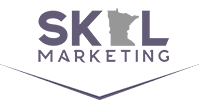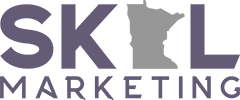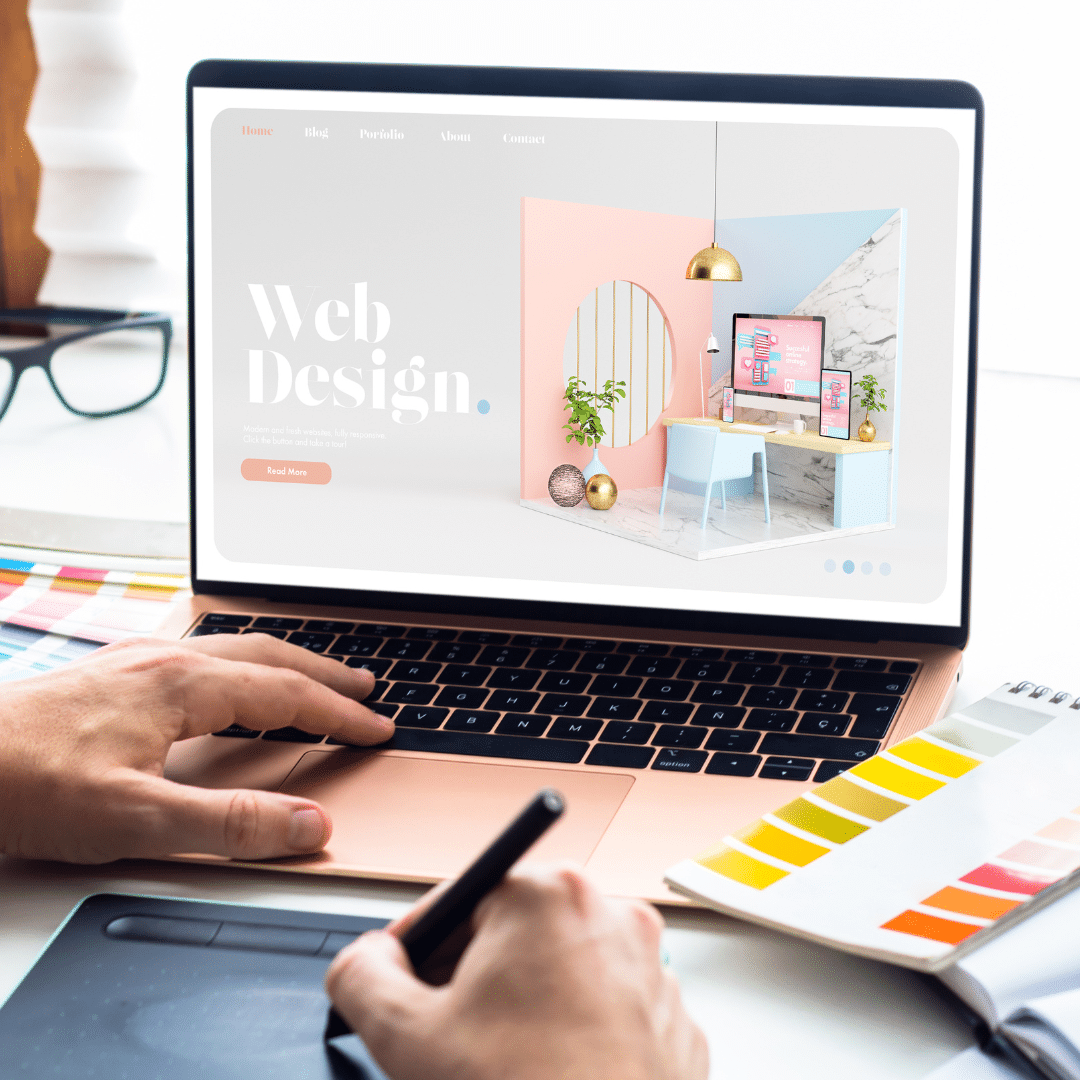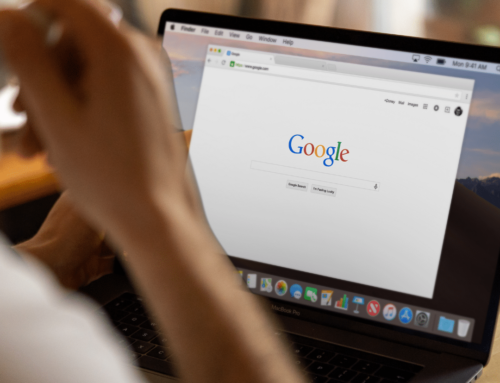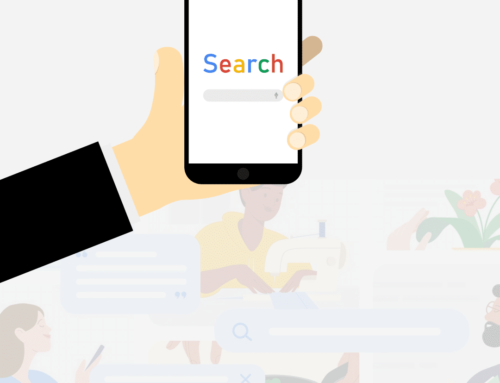It’s easy to think of website designs as fairly static–after all, a website is just meant to be a practical source of information and as long as all the functions work properly, what else is necessary? But web design is so much more than that: it’s aesthetic, it reflects back the culture around it visually and functionally. The purposes of websites evolve over time too, from being silo’d repositories of information in the 90’s to social experiences in the 2000’s, to ultra-connected hubs of media, content, commerce, and more in the 2010’s and beyond.
So as we move into 2023, here are some of the biggest design trends that web designers need to consider when creating new sites that remain not only functional, but also attract, entice, and delight everyone who visits:
Immersion is the name of the game
20 years ago, the internet was “a place to visit.” Think about it–if you were a child of the era, you’d have to sit at the family computer and “log on” to the internet; it was a distinct activity that you could separate from when you’re done. Fast forward to 2023, and the internet as we know it is simply an integrated part of every aspect of our lives, which means that sense of occasion and immersion must come from the sites we visit themselves.
Immersion can be aesthetic, with websites integrating components like interactive 3D centerpieces, parallax zoom scrolling (adding the third z-axis into the already popular horizontal and vertical parallax scrolling design elements, to dramatic effect), and custom typefaces that give a website a totally unique visual identity. However, it can also be functional–think added micro-animations and tooltips to assist with navigation, “just for fun” website easter eggs to keep people surprised and delighted, interactive displays to better show off your products, and increased gamification elements (think badges, quizzes, score-keeping, and more) to keep consumers engaged with your website and your company.
The 90’s are back–and the 2000’s are on their way
Fashion is cyclical; this is so commonly known that it’s become a truism. However, what some may not realize is that this trend cycle has rapidly accelerated thanks to the power of the internet and an increasingly connected world. While in the past a style might come back into fashion 30-50 years later, we’re now seeing that happen in as little as 20-25 years.
Case in point? The aesthetics of the late-90’s and early 2000’s are the 2020’s newest fashion darling, and this applies to web design too. 2023 web design trends honor the Y2K era in a multitude of ways, from retro recreations of the period’s web design (sans-serif fonts, visible pixelation, custom cursors) to modernist interpretations of the era’s dominant styles (Matrix-style techno-futurism, grunge-and-graffiti neon cyberpunk style, GeoCities clip-art iconography).
It may seem absurd to be already returning to these styles, but culture moves in mysterious ways and as a web designer, your goal is to capture the imagination and millennial nostalgia and use it to the advantage of your clients and your websites.
Maximalism is the antidote to past minimalist trends
For quite a while now, minimalism has been the name of the game for forward-thinking web design. Clean fonts, simplified site structures, and bare-bones copy have been signifiers of a great website, but going into 2023, this is no longer necessarily the case.
As Gen Z ages into adulthood, they’re rejecting the “HGTV Greige” aesthetics of the 2010s and returning to the Maximalism of the turn of the millennium. “More-ismore” is back in fashion–bright, clashing colors; seemingly discordant design elements; interactive “clickable” playthings; and information galore are bringing a sense of fun and playfulness back to websites that much of the population sees as having gotten too serious over the last 2 decades.
Inclusivity and Accessibility are a must–not just a recommendation
Just like in the rest of the world, inclusivity is a massively important element in web design in 2023. Birthed from a very real sense of righting previous wrongs in the world, feels almost odd to call inclusivity a “trend,” but it’s just as important to pay attention to. At its core, the idea is that anybody who arrives on a website–regardless of age, race, gender, ability, or other demographic variables–should feel not only comfortable on your website, but welcome.
In terms of creative elements, this can take the form of more diverse or abstract imagery that doesn’t (intentionally or otherwise) raise one “type” of person as an ideal, or taking care to pay extra attention to the language you use in your copy. But it isn’t just about creative; a major part of inclusive design is a further push for accessibility. This can range from offering light/dark modes for site users to choose, including text/alt text/image descriptions that function properly with screen readers, or offering an accessibility panel for users to adjust contrast, text size, and other elements to their liking.
“People First” SEO is the way to go
Search Engine Optimization (SEO) is no less important in 2023 than in past years, but the way web designers approach it must change dramatically to keep up with the standards of Google and other popular search engines or else risk falling off that ever-important first page.
Google’s Helpful Content Update rolled out last year and serves to further punish websites that are obviously and deliberately creating content meant to appeal to search engine crawls more than the actual people who will visit a page. This means low-quality listicles, click bait headlines with no actual information, and other annoying spam pages are pushed far lower in the rankings in favor of websites that provide real information written and shared in a way that regular people can actually use to better their lives.
What does that mean for you? Hopefully, it makes it a bit more natural to write the content that fills out your website–rather than trying to guess which combination of keywords and phrases the algorithm will like, you’re better off writing copy that genuinely add value for your site users and help them find the answers to the question that drove them to Google in the first place.
Keeping up with the ever-changing trends in web design, SEO, and more is never easy, and Skol Marketing’s team is here to help. To get started with a website redesign, SEO audit, or even just a one-on-one meeting to see what we can do to improve your web presence, please don’t hesitate to contact the local web experts at Skol Marketing.
